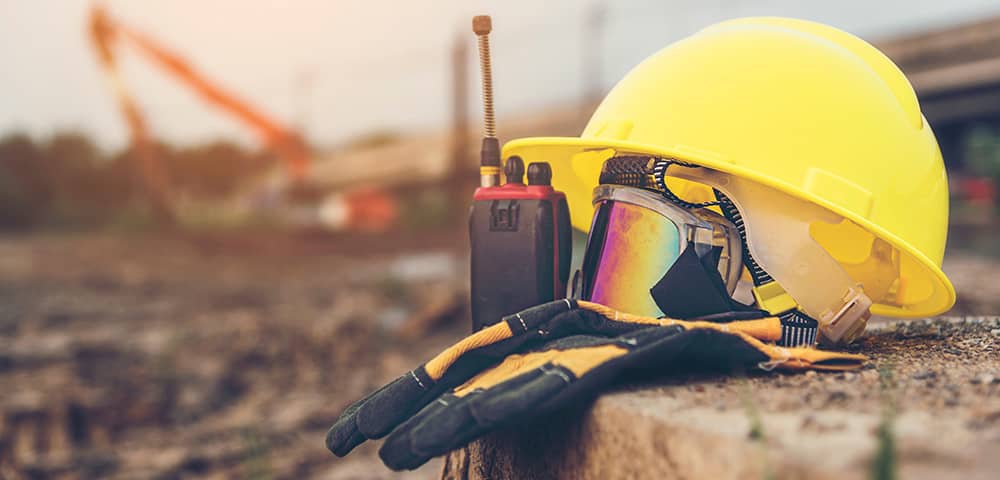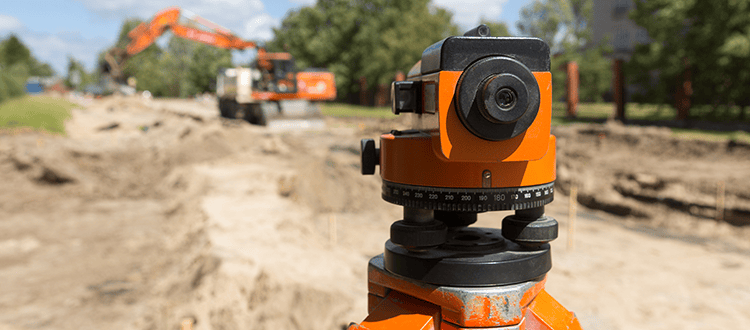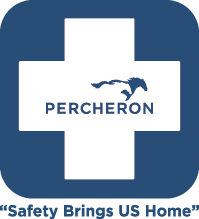Which Type of Employer are You?

Right now & for the future
If I asked you what type of employer you are, you’d probably say that you are an employer who is keeping your team safe. You’re an employer who is making sacrifices for your employees. You are setting up remote capabilities. You are doing all you can in the middle of a pandemic to provide your team with a sense of stability and an abundance of safety.
Instead – let’s picture the not too distant future where things have gone back toward normal. Your team is back, up, and running. Now let's look at your job site. Here’s what you might expect to see.
You can visualize a survey crew setting controls, multiple land professionals busily working with landowners, 18-wheelers trucking in materials, a construction crew working with heavy equipment, an sUAS team flying drones, maybe even a few architects and environmental scientists.
While we might not see at job site like this at the moment, it doesn’t mean we can’t plan for the future. What better time than now to consider a multi-employer job site? What type of employer are you at a busy worksite? Do you have a written game plan? If OSHA finds a hazard, who is at fault? What role do you play?
No time like now to dive in and get this figured out!
Employer tags
When a hazard is found by OSHA, each employer on the job is tagged as either creating, exposing, correcting, or controlling. In fact, at times, an employer can be characterized as more than one type of employer. With so many different types of employer tags, it is important to understand each type so that you can have a plan for responding to hazards and keeping everyone on the job site safe.

Let’s take a look at each type of employer –
A creating employer is one that created the hazard, a citable offense by OSHA. The hazard could be anything that has the potential to or actually did result in someone being injured. If an employer incorrectly classified soil in excavation and failed to provide for proper benching or sloping, then that contractor would be classified as a creating employer.
An exposing employer is one that exposes employees to hazards. An exposing employer is tagged this way when the employer knows of the hazard but fails to take steps to protect the employee from the hazard. When an exposing employer doesn’t have the authority to correct the hazard, the exposing employer needs to request the creating employer or the controlling employer to remediate the problem or even remove the employees from the hazardous area.
A correcting employer is one who is responsible for making the hazard safe. The correcting employer must either identify and correct the hazard or be notified of the hazard so that it may be corrected.
A controlling employer is one who holds authority over the job site. While typically spelled out in a legal agreement, the controlling authority is required to take reasonable actions to detect and prevent hazards. Routine inspections are pivotal to the assurance of safe work.
So, what does all this mean?
How can you protect yourself and your employees in a multi-employer work environment?
At Percheron, we believe there are several ways you can limit your liability and keep all the employees on a multi-employer job site safe. Here are some of our ideas:
- Create a Written Game Plan – before beginning any project, commencing work, or even leasing office space, consider your company’s role in the project. What kind of employer are you in the situation? Create a written game plan as to how you will respond to any hazards. Include information regarding local hospitals and/or health clinics that are in the vicinity of your job site. It’s also pivotal to define your expectations of the other employers on the project as well as your own employees. Having a written game plan helps everyone understand their role in a potential hazard, how to resolve the hazard, and how to get help.
- Prove Un-Involvement – While a Hold Harmless Clause or Indemnity Clause added to a contract may provide some support and help limit your liability in various situations, in many scenarios these clauses are relatively useless. All the contractors on the job site are involved in the contract. Since contracts can only get you so far, it is important to educate your team regarding your employer status so that you can prove your “uninvolvement” in various hazards. This means knowing your employer status and what your team did or didn’t do at the job site.
- Encourage Stop Work Authority – At Percheron, everyone understands that they have full authority to stop work if they observe a safety concern. When work is stopped, a potential safety issue can be addressed before it becomes a hazard.
- Site Communication – With any multi-employer worksite, communication is critical to ensure all employees understand the tasks and activities that will be occurring and what hazards may be created by other employers on the site. Has a plan been developed and communicated so all employees know about new or changing hazards? Many worksites benefit from a dedicated site safety person to facilitate and coordinate the communication of hazards and the mitigation of the hazards for all employees.
- Build a Culture that Values Safety – At Percheron, we believe that safety is paramount in everything we do. Whether a job seems low risk or is overflowing with potential peril, safety must be at the forefront. Along with hosting daily safety meetings, we incorporate a relevant safety moment into every gathering of employees. We also include a culture moment that reviews one of Percheron’s core values. With a safety-first culture and a company that understands the firm’s core values, everyone can work together to reduce safety hazards and understand the employer’s role at job sites thus limiting the company’s liability.
"No matter the location, Percheron is dedicated to providing a safe work environment."
When you understand your employer status on various job sites and take active steps to limit hazards, you can help reduce your risk of an OSHA violation. Figure it out now and make a plan so that when the virus clears, you can hit the ground running.
If your company is in need of a safety plan for a multi-employer job site, or you’re simply needing someone to take a look at what you have in place, give us a call at 832.300.6400, or email me at
 Written by Nicholas Holub, CSP, HSE Manager | Percheron
Written by Nicholas Holub, CSP, HSE Manager | Percheron
Nick has been employed in the manufacturing and commercial construction industries since he began his career over 15 years ago. He earned his Occupational Health & Safety Degree from Columbia Southern University. Nick holds his Certified Safety Professional credentials from the Board of Certified Safety Professionals, BCSP. He currently instructs for Texas A&M University, TEEX, and is an Authorized OSHA Outreach Trainer for Construction and General Industry.

